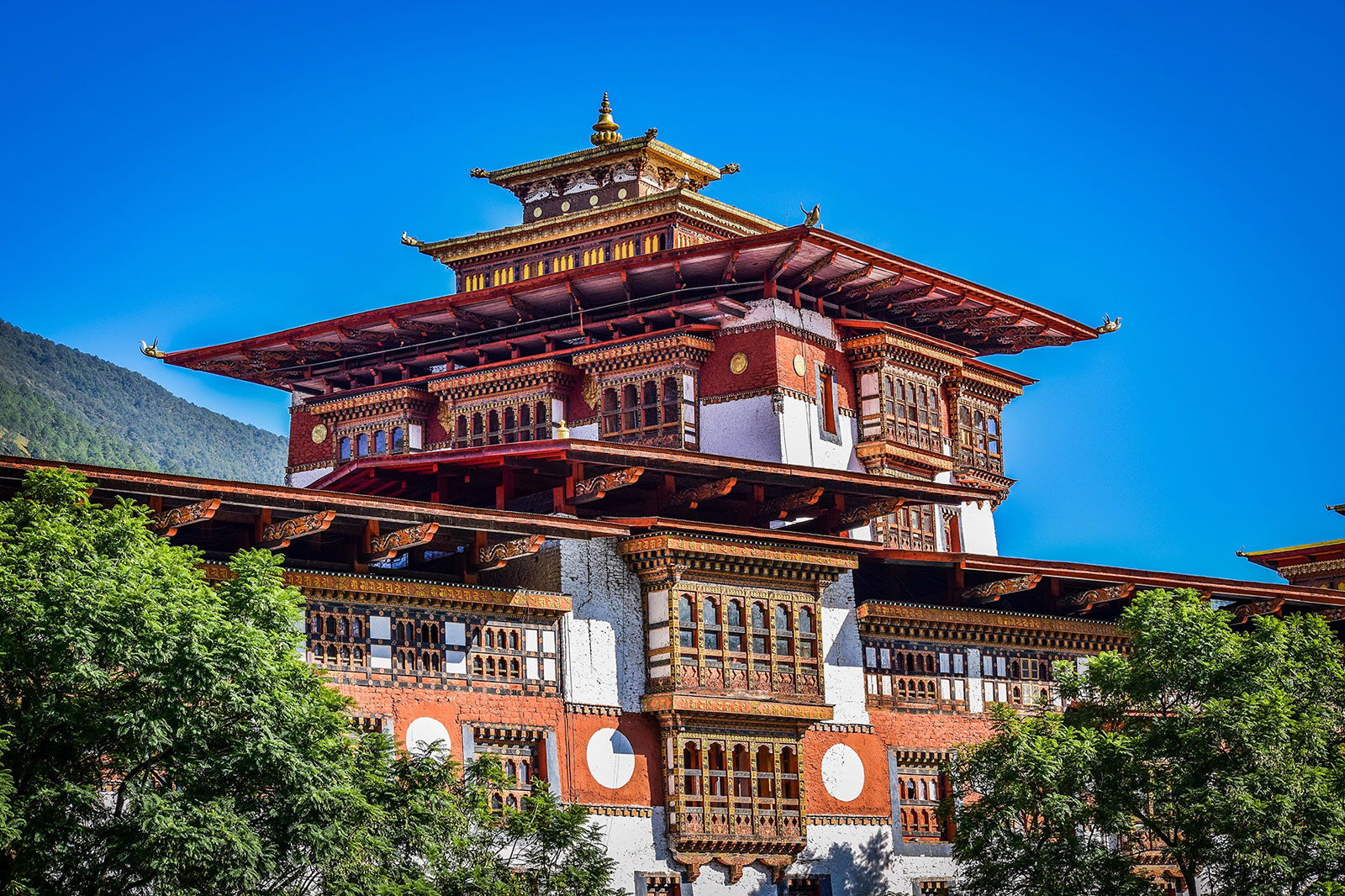 The bamboo became sacred for the people of the central south of Bhutan when the bamboo started dying. Even in the eastern Bhutan most of the people could produce more of can handicraft and house hold items. Half a decade’s back the people of Radi in eastern Bhutan planted bamboo for the protection of land from land slide but now it became cash income from the sale of bamboo
The bamboo became sacred for the people of the central south of Bhutan when the bamboo started dying. Even in the eastern Bhutan most of the people could produce more of can handicraft and house hold items. Half a decade’s back the people of Radi in eastern Bhutan planted bamboo for the protection of land from land slide but now it became cash income from the sale of bamboo
Even rice, from the gewog once known as the rice bowl of the east, has taken a back seat.
It has been so since the last few years.
Until 2006, the main source of cash income for Radhipas was sorbang (local rice) and textiles woven from raw silk.
But today, bamboo, people of Radhi said, has become a new source of cash income.
A pole of bamboo is now fetching more cash than a kilogram of rice.
A kilogram of sorbang fetches Nu 55, while a pole of bamboo costs Nu 100.
Forget the entire bamboo pole, even its rhizome fetches Nu 75.
Just a couple years ago, a pole of bamboo fetched only Nu 50 to Nu 75.
“Even the rhizome might cost Nu 100 sooner with possible hike in its price,” Radhi forest ranger Gyem Tshewang said.
Radhi mangmi Pema Wangchuk said bamboo plantation picked up since 2006.
“It’s all thanks to sustainable land management project (SLMP) that initiated the bamboo plantation,” Pema Wangchuk said.
Bamboo plantation was encouraged for prevention of landslides.
Most bamboo plantation was done in gullies and landslide prone areas of Radhi.
Nevertheless, because of its multiple uses, bamboo since a few years back has turned into a rewarding source of income for Radhipas.
Villages like Langten, Tokshimang, Joenla, Bongman and Tongling earn a considerable amount of cash from the sale of bamboo.
“My uncle earned in the thousands from the sale of 200-300 bamboo poles in 2012,” Pema Wangchuk said.
People owning plots where bamboos grow are now making at least some cash from its sale to contractors or for scaffolding in building constructions.
Some villagers from Tokshimang made more than Nu 90,000 from the sale of bamboo in 2012. Another villager from Langten, Samdrup made over Nu 20,000 from the trade.
“Bamboo is still being planted because, besides preventing landslides and soil erosion, it fetched good price in the market,” Kadam tshogpa Phurpa Wangdi said.
Since 2006, with the arrival of SLMP, around 19,011 bamboo rhizomes worth Nu 982,250 were planted.
“More bamboos are still being planted with gewog’s initiation,” Gyem Tshewang said. Kadam tshogpa, Phurpa Wangdi said his chiwog alone planted over 300 rhizomes in 2013.
“People are keen to plant bamboo because of its multiple uses,” he said. “It also grows faster to give quick returns.”









